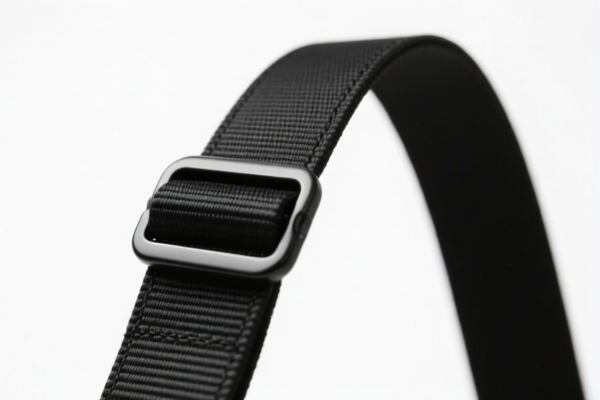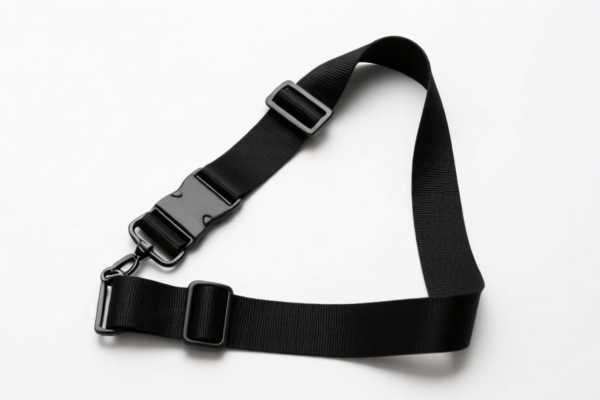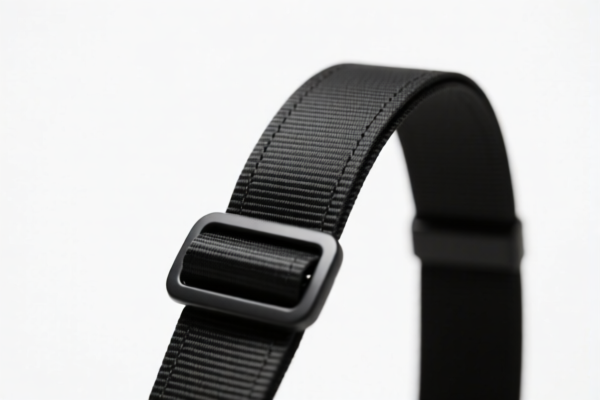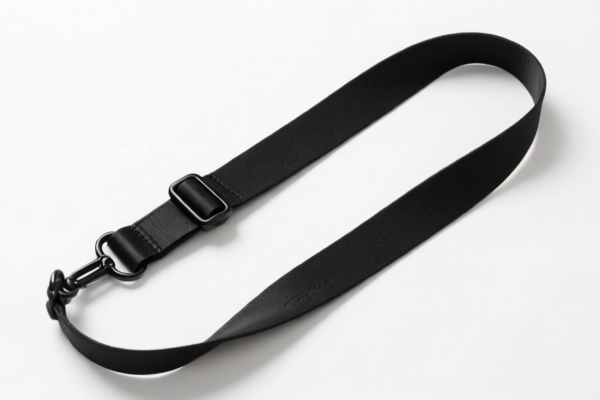| HS Code | Official Doc | Tariff Rate | Origin | Destination | Effective Date |
|---|---|---|---|---|---|
| 4202923120 | Doc | 72.6% | CN | US | 2025-05-12 |
| 4202923305 | Doc | 72.6% | CN | US | 2025-05-12 |
| 4205004000 | Doc | 56.8% | CN | US | 2025-05-12 |
| 4205008000 | Doc | 55.0% | CN | US | 2025-05-12 |
| 5609001000 | Doc | 57.9% | CN | US | 2025-05-12 |
| 5609003000 | Doc | 59.5% | CN | US | 2025-05-12 |
| 5404198080 | Doc | 61.9% | CN | US | 2025-05-12 |
| 5404900000 | Doc | 55.0% | CN | US | 2025-05-12 |
| 5607909000 | Doc | 61.3% | CN | US | 2025-05-12 |
| 5607503500 | Doc | 19.9¢/kg + 10.8%+55.0% | CN | US | 2025-05-12 |
| 9209998000 | Doc | 42.8% | CN | US | 2025-05-12 |




Backpack Strap
A backpack strap is a component of a backpack designed to distribute the weight of the pack across the shoulders and back, enabling comfortable carrying. They are fundamental to the functionality and ergonomics of backpacks.
Material
Backpack straps are constructed from a variety of materials, chosen for their strength, durability, comfort, and weight characteristics:
- Nylon: A common choice due to its high tensile strength, abrasion resistance, and relatively low cost. Often used for the primary webbing. Denier (D) indicates the yarn thickness; higher denier signifies greater durability (e.g., 420D, 600D).
- Polyester: Offers good UV resistance and is less prone to stretching than nylon. Frequently used in webbing and padding.
- Polypropylene: Lighter and more water-resistant than nylon or polyester, but less durable. Used in some budget backpacks or internal components.
- Foam Padding: Typically closed-cell foam (EVA, PE) or open-cell foam. Provides cushioning and comfort. Density and thickness vary based on the intended use of the backpack.
- Mesh: Often used to cover padding for increased breathability and ventilation.
- Metal Hardware: Buckles, D-rings, and sliders are typically made of plastic (e.g., acetal, nylon) or metal (aluminum, steel) for adjustability and secure fastening.
Purpose
The primary purpose of backpack straps is to:
- Weight Distribution: Transfer the weight of the backpack's contents from the shoulders to the back and hips, reducing strain on the neck and shoulders.
- Stability: Secure the backpack to the user’s body, preventing shifting and maintaining balance.
- Comfort: Provide cushioning and prevent chafing, allowing for extended wear.
Function
Backpack straps function through a combination of:
- Webbing: The fabric portion of the strap that bears the load.
- Padding: Cushions the shoulders and back, distributing pressure evenly.
- Adjustability: Allows the user to customize the fit based on body size and load weight.
- Sternum Strap: Connects the shoulder straps across the chest, enhancing stability and preventing slippage.
- Load Lifter Straps: Connect the top of the shoulder straps to the upper portion of the backpack frame, pulling the load closer to the back for improved balance.
Usage Scenarios
Backpack straps are utilized in a wide range of applications:
- Hiking/Backpacking: Heavy-duty straps with substantial padding and adjustability for carrying substantial loads over long distances.
- School/Commuting: Straps designed for moderate loads and daily wear, prioritizing comfort and durability.
- Travel: Versatile straps suitable for various travel scenarios, often with features like quick-release buckles and adjustable lengths.
- Tactical/Military: Rugged straps built for demanding conditions, often with MOLLE webbing for attaching accessories.
Common Types
- S-Curve Straps: Shaped to conform to the contours of the shoulders, providing a more comfortable and ergonomic fit.
- Straight Straps: Simpler design, often found in budget backpacks.
- Padded Straps: Feature foam padding for increased comfort. Padding can be contoured or uniform.
- Adjustable Straps: Allow for customization of strap length and positioning.
- Contoured Straps: Designed to fit the anatomy of the body for a more secure and comfortable fit.
- Load Lifter Straps: Connect the top of the shoulder straps to the upper portion of the backpack frame, pulling the load closer to the back for improved balance.
- Removable Straps: Allow for conversion of the backpack into a different carrying configuration.
Backpack straps fall under several potential classifications based on the provided reference material, depending on their specific composition and function. Here's a breakdown of relevant HS codes:
-
4202923120: This code covers “Trunks, suitcases, vanity cases, attache cases, briefcases, school satchels, spectacle cases, binocular cases, camera cases, musical instrument cases, gun cases, holsters and similar containers; traveling bags, insulated food or beverage bags, toiletry bags, knapsacks and backpacks, handbags, shopping bags, wallets, purses, map cases, cigarette cases, tobacco pouches, tool bags, sports bags, bottle cases, jewelry boxes, powder cases, cutlery cases and similar containers, of leather or of composition leather, of sheeting of plastics, of textile materials, of vulcanized fiber or of paperboard, or wholly or mainly covered with such materials or with paper: Other: With outer surface of sheeting of plastics or of textile materials: Travel, sports and similar bags: With outer surface of textile materials: Of man-made fibers Backpacks (670)”. This is applicable if the strap is part of a backpack made of textile materials. The base duty is 17.6%, with additional tariffs of 25.0% and 30.0% post-April 2, 2025, resulting in a total tariff of 72.6%.
-
4205004000: This code covers “Other articles of leather or of composition leather: Other: Straps and strops”. This is applicable if the strap is made of leather or composition leather. The base duty is 1.8%, with additional tariffs of 25.0% and 30.0% post-April 2, 2025, resulting in a total tariff of 56.8%.
-
5609001000: This code covers “Articles of yarn, strip or the like of heading 5404 or 5405, twine, cordage, rope or cables, not elsewhere specified or included: Of cotton”. This applies if the strap is made of cotton yarn or strip. The base duty is 2.9%, with additional tariffs of 25.0% and 30.0% post-April 2, 2025, resulting in a total tariff of 57.9%.
-
5609003000: This code covers “Articles of yarn, strip or the like of heading 5404 or 5405, twine, cordage, rope or cables, not elsewhere specified or included: Of man-made fibers”. This applies if the strap is made of man-made fibers. The base duty is 4.5%, with additional tariffs of 25.0% and 30.0% post-April 2, 2025, resulting in a total tariff of 59.5%.
-
9403999061: This code covers “Other furniture and parts thereof: Parts: Other: Other: Other Other: Of cotton, cut to shape”. This applies if the strap is a part of furniture and made of cotton. The base duty is 0.0%, with additional tariffs of 25.0% and 30.0% post-April 2, 2025, resulting in a total tariff of 55.0%.
Regarding HS code 4205004000, please note the need to verify the material as leather or composition leather.
Customer Reviews
No reviews yet.